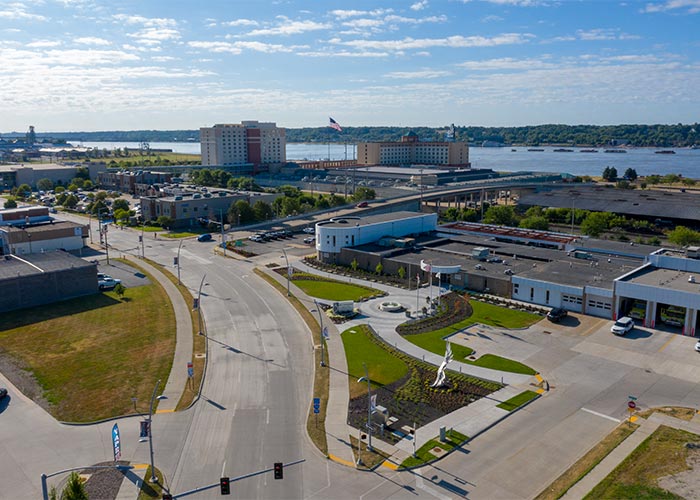Traffic Data Collection in Times of COVID-19 Pandemic
How to Keep Your Road Improvement Projects on Track During COVID-19
How to Keep Your Road Improvement Projects on Track During COVID-19
By Marcus Januario

With many employees working from home, schools being closed, cancelled sports and entertainment events, and some businesses remaining closed or on alternate hours, traffic patterns have significantly changed since March. Disrupted traffic patterns have caused some communities to delay collecting traffic data and put their road improvement projects on hold.
Contrary to popular belief, there are feasible and accurate methods to update traffic counts now even with disrupted traffic patterns. The following sources can be used to extrapolate data allowing for traffic counts that are more than two years old to be updated. When using the most current source of information, various methodologies are applied resulting in feasible and accurate traffic counts to keep road improvement projects on track. The data sources are:
ITE Trip Generation Manual
The ITE Trip Generation Manual is a good alternative for an area that is growing fast, one that has seen several developments occurring in the last few years. To use this data source, the first step is to identify what developments have happened since the most recent traffic data for the study intersection was collected. This information should cover an area of about a half-mile radius from the intersection being analyzed and can be obtained from Google Earth Historical Imagery or other similar tools. The ITE Trip Generation Manual is then used to match the land use to all developments identified and calculate the additional trip generation and trip distribution that have occurred because of them. These new trips should be added to the available traffic data to obtain current turning movements.
State DOT AADT Maps
State DOTs usually collect and publish AADT Maps for their roads and also for arterial and collectors within a municipality in a set interval, which can be every two, three or more years. These AADT values are usually available online and can be used to calculate annual growth rates. Using this source, you can select AADT values for each intersection approach over several different years. The annual growth rate is then calculated and applied to the respective approaches of the study intersection to obtain a current and future value.
MPO Traffic Forecasts
Metropolitan Planning Organizations (MPOs) generally handle traffic forecasts within their area of jurisdiction using historical traffic data and proposed and potential developments and land use, among other criteria. Their planning models are continuously updated, which allows them to also update the traffic forecasts at certain intervals – one to 10 years, on average – to produce base year forecasts and forecasts for 10 and 20 years after the base year. Annual growth rates can be calculated from previous and current base years to update the study intersection’s turning movement values.
Adjacent Intersection Data
Adjacent intersections for which both historic traffic data and traffic counts less than two years old are available can also be utilized. First, identify and select the intersection that can be utilized. Use both recent and historical traffic data to establish a growth rate for each approach. Apply those calculated growth rates to each approach of the study intersection and update the turning movement values.
Engineering judgment is critical to choosing which data source and methodology should be used for a given intersection. In many cases, two or more methodologies must be used, for example combining the historical growth rate with ITE Trip Generation trips. It’s also advisable to use a methodology to check the results obtained, which can make them more reliable.
With these methodologies, communities can confidently predict what typical traffic patterns would be now and in the future to provide the data necessary to proceed with road improvement projects.